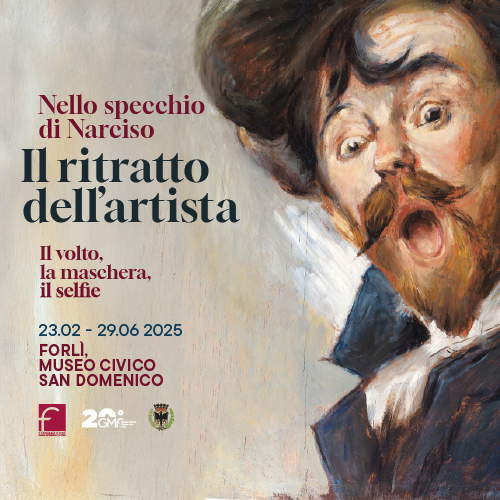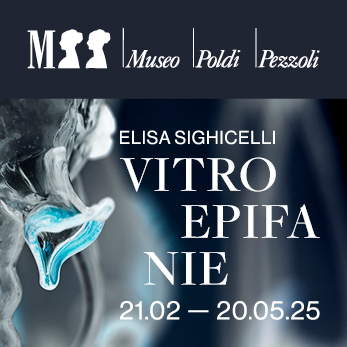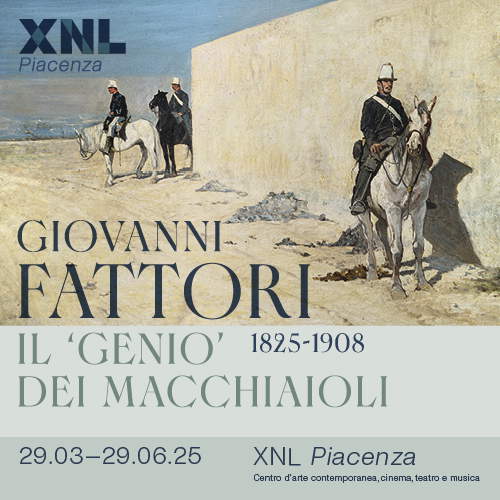Florence, at TourismA 2025 the future of technological and innovative archaeological excavations
Constellations of satellites, drones, artificial intelligence and georadar are revolutionizing the way we explore the subsurface, allowing us to locate archaeological sites without the need to excavate. This transformation facilitates the protection of historical heritage and significantly reduces costs and time for the construction of infrastructures and major works, avoiding unforeseen events when work has already begun.
The topic will be at the center of the events organized by theNational Association of Archaeologists(ANA) as part of tourismA - Salon of Archaeology and Cultural Tourism, scheduled to take place in Florence from February 21 to 23, 2025 at the Palazzo dei Congressi (with free admission). The event will provide an overview of the new technological tools that are transforming the profession of archaeologists, making them a key figure on construction sites alongside engineers and architects.
A technological revolution for protection and innovation
Preventive archaeology has become an essential tool for reconciling development and preservation, allowing areas of historical interest to be identified before construction sites get underway. This practice has its roots in the European Convention for the Protection of the Archaeological Heritage signed in Valletta, Malta, and has emerged as an effective way to reduce the risk of unexpected finds that could stop work.
Today, the adoption of noninvasive technologies is making preliminary archaeological analysis increasingly accessible. Drones, remote sensing, geophysical prospecting, and satellite imagery allow detailed information to be obtained without affecting the ground, thus preserving the finds. In addition, the use of artificial intelligence, thanks to sophisticated analysis software and huge databases, enables increasingly accurate predictions. This innovative approach also has a significant impact on the economic management of projects: integrating archaeology into the feasibility phase of public works reduces unforeseen expenses and prevents delays. Archaeologists now work alongside engineers in metric calculations and economic frameworks, ensuring that the design takes into account the possible presence of sites of historical interest.
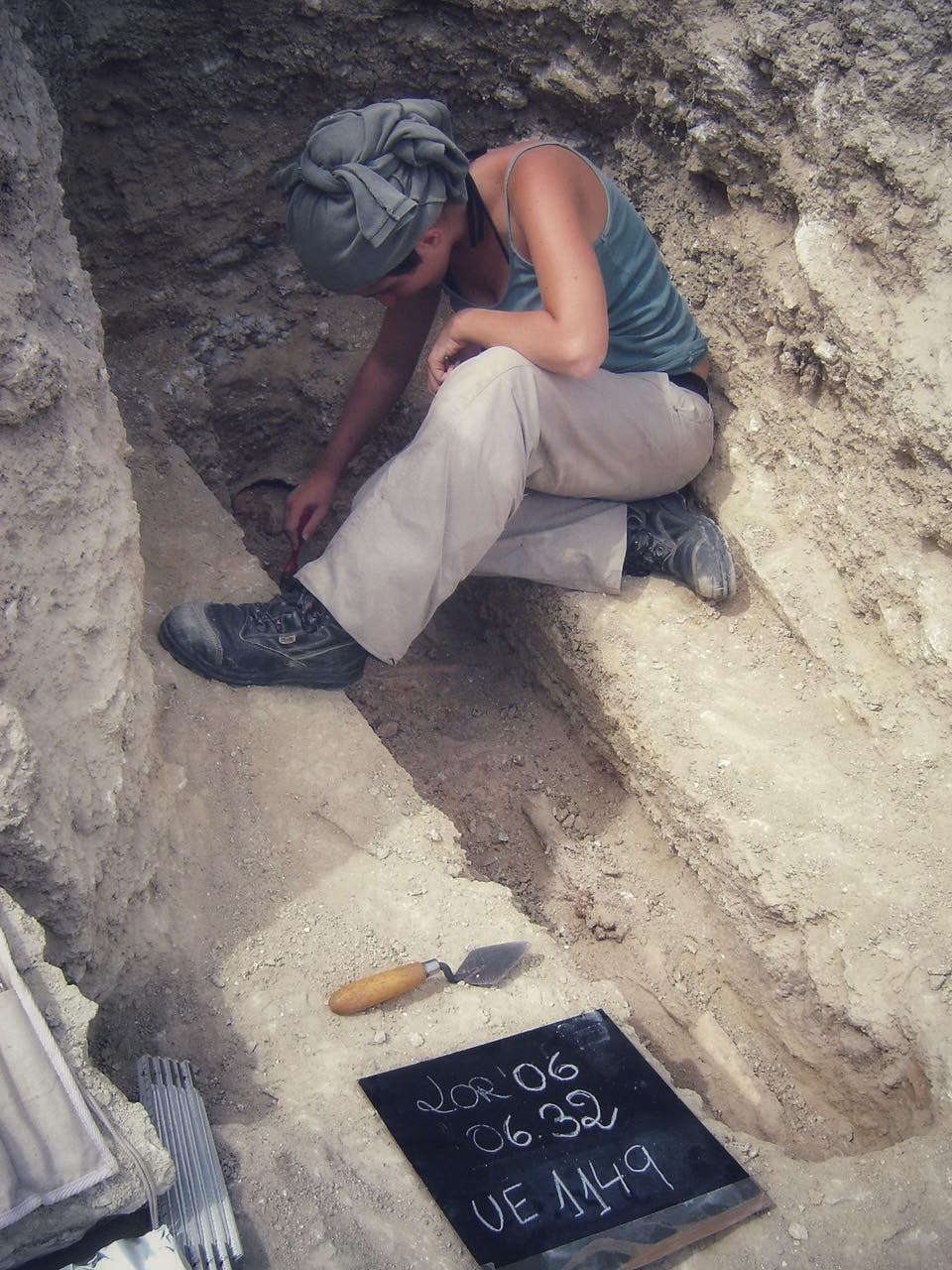
A new model for archaeological research
The goal of preventive archaeology is to avoid finds that could block construction sites, but also to minimize the impact on the finds themselves. Traditional investigations, in fact, involve excavations that can damage artifacts and make complex restoration and conservation operations necessary. Modern predictive diagnostic techniques and data provided by aerospace agencies allow for a broader and less invasive view, safeguarding historical heritage.
Despite the rapid development of these methodologies, preventive archaeology still has to overcome some difficulties. Among the main critical issues is the need to update university training courses, which are still too focused on research rather than the technical and regulatory aspects of the field. In addition, this innovative practice struggles to be adopted on a large scale by small local authorities, while it is now a standard in large commissions.
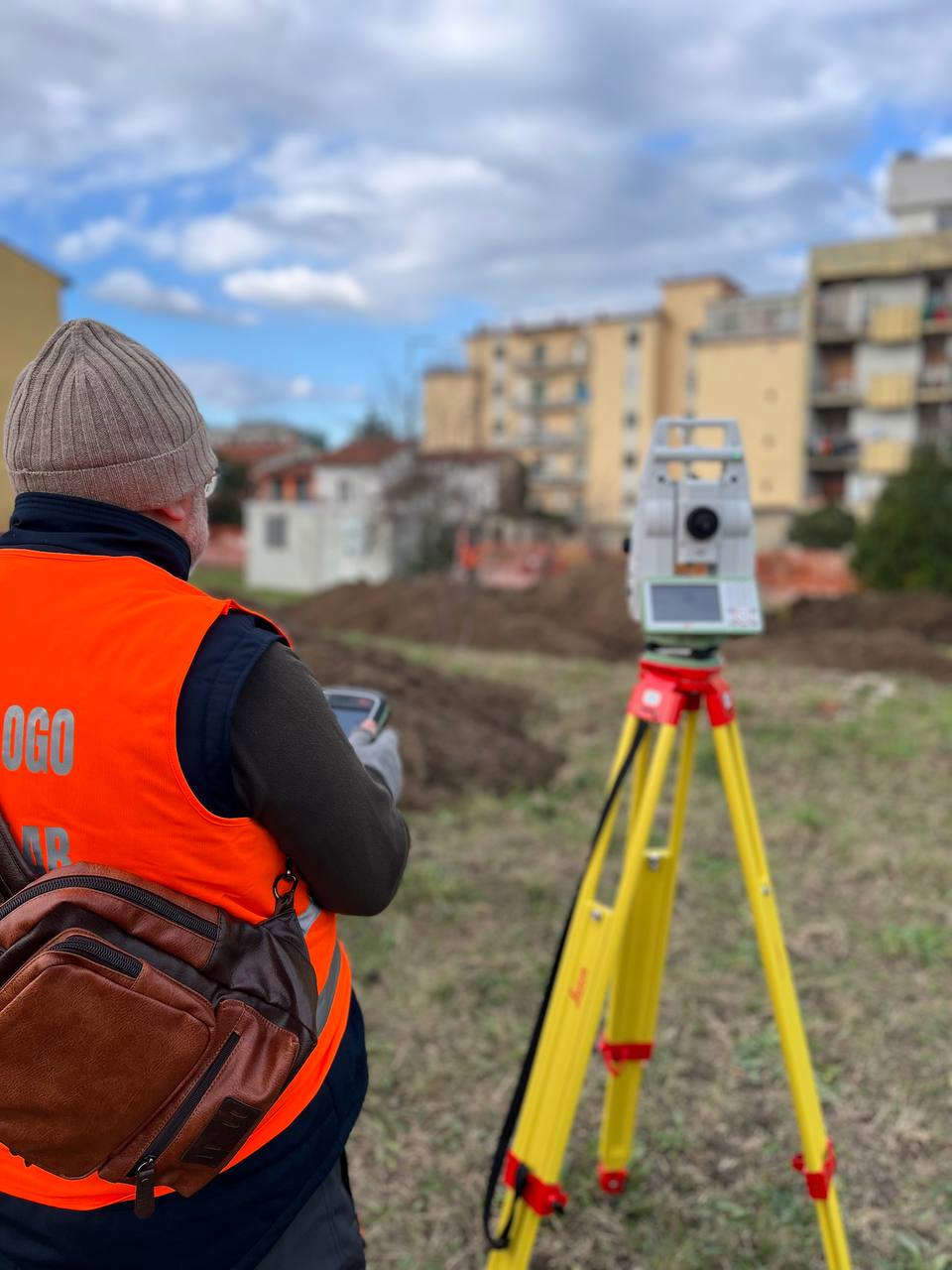
The debate at tourismA 2025
These issues will be explored in depth on Saturday, Feb. 22, at 4 p.m. in Room 4 of the Palazzo dei Congressi in Florence, at a conference sponsored by Confprofessioni, which will compare experts in the field on the prospects for preventive archaeology. The previous day, Friday, Feb. 21 at 4:35 p.m., also in Room 4, Professor Paolo Gull of the University of Salento will present his volume Preventive Archaeology for Contracting Stations. Norms, Problems, Solutions (Ed. Legislazione Tecnica), a text that analyzes the regulatory and operational challenges of the discipline.
Among the highlights, the second call for papers for the ANALYSIS series will be launched on Sunday, Feb. 23, at 11 a.m. at the ANA booth. Archaeology - Profession - Research, an initiative aimed at promoting studies and research on new applications of technology in the field.
“Preventive archaeology is indispensable to help the infrastructural development of the country and reconcile with it the constant safeguarding of Italy’s archaeological heritage,” says Marcella Giorgio, president of ANA. “This is why, in compliance with the principles of the European Convention of Valletta, it is increasingly evident how necessary it is that these procedures be extended to the private sector as well, providing economic aid and defiscalization of costs incurred by private individuals: a necessity that already some Italian regions are providing in autonomous forms. A panorama is emerging in which the role of the archaeologist has markedly changed, becoming a consultant in constant dialogue between political parties, state agencies, citizens and stakeholders, planners and land-use specialists, in order to collaborate actively in the construction of effective planning policies that are not detrimental to part of Italy’s cultural, archaeological and landscape heritage: a heritage that is the source of our collective memory as a people and as such must be handed down to future generations. At this time, therefore, the greatest challenge is on two tracks: the first concerns training, which still too often, 20 years after the beginning of preventive archaeology procedures, does not adequately prepare archaeologists, and the second is the lack of application of the procedure itself, especially by local authorities, also as a result of inadequate updating of planners or due to sector biases.”
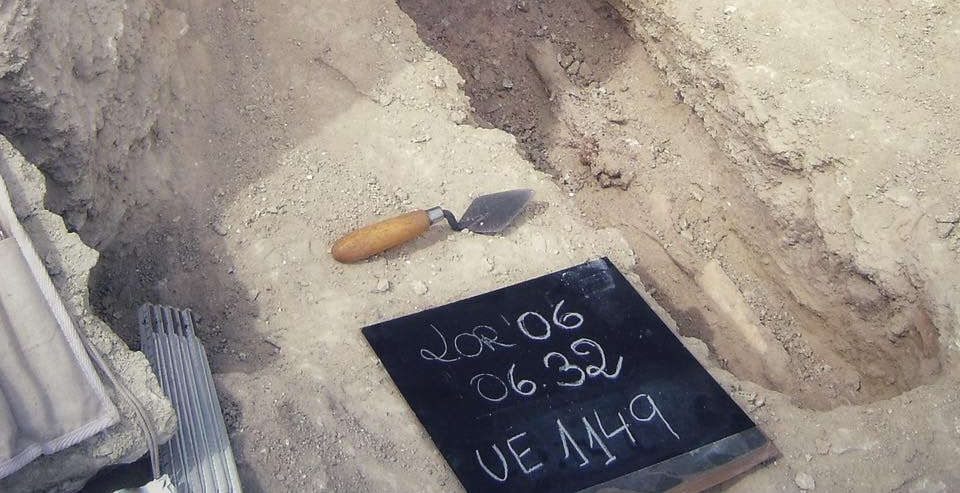 |
| Florence, at TourismA 2025 the future of technological and innovative archaeological excavations |
Warning: the translation into English of the original Italian article was created using automatic tools. We undertake to review all articles, but we do not guarantee the total absence of inaccuracies in the translation due to the program. You can find the original by clicking on the ITA button. If you find any mistake,please contact us.





